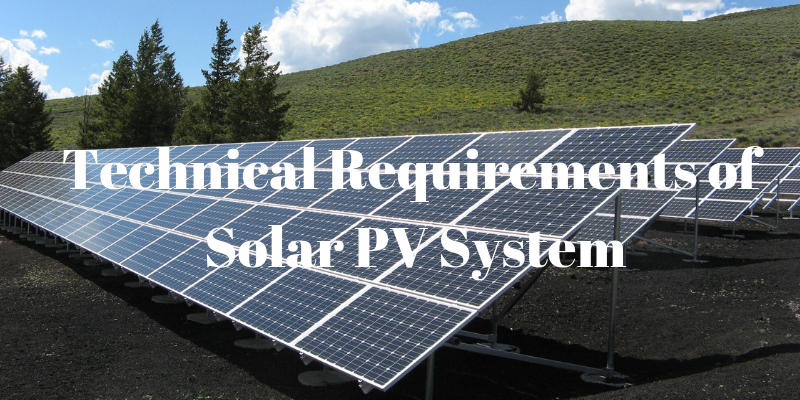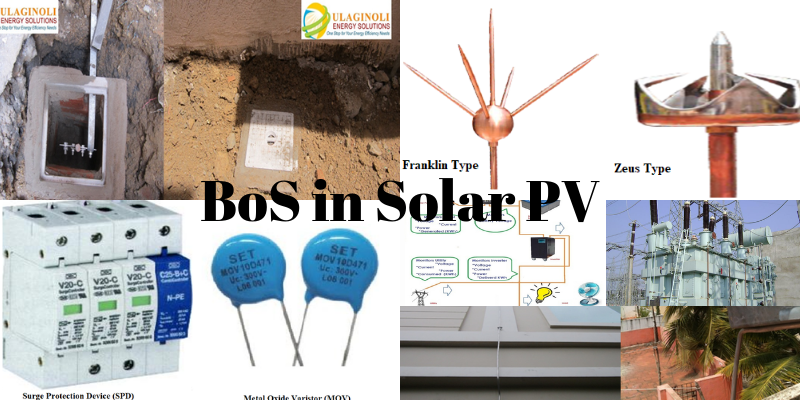India suggests ‘energy revolution’
NEW DELHI, Oct. 28 (UPI) — Indian President Prathiba Patil called for an “energy revolution” to help the country achieve energy security and fuel its economic growth.
Addressing the growing divide between India’s power demand and supply during the World Innovation Summit and Expo in Mumbai Wednesday, Patil said the country should pursue all available fuel options and forms of energy, whether conventional, non-conventional, new or emerging.
“It is time now for an energy revolution that will ensure our energy security,” she said, Press Trust of India reports.
Figures from the federal Planning Commission show that India faces a 12 percent power shortfall during hours of peak consumption.
Energy should be available to sustain the country’s growth and meet the aspirations of its people, Patil said, adding that the growth in demand for electricity has overtaken generation capacity.
“The capacity addition requires augmentation of manufacturing capacity of power equipment, skilled manpower and adoption of modern project management practices,” she said.
Excerpts from a new report from the International Energy Agency, scheduled for release Nov. 9, show that nearly 404 million Indians don’t have access to electricity, the Financial Times reports. India isn’t expected to be fully electrified until 2030 and needs 245 electricity grids to do so, the IEA report states.
Kandeh Yumkella, director general of the U.N. Industrial Development Organization, told the Financial Times that even among those who do have electricity, many have just 100 kilowatts an hour per person per year, enough only for lights to function.
“They need at least 600 to 700 kilowatts an hour so that productivity can be enhanced, gross domestic product can increase and India can become more competitive,” he said.
Indian New and Renewable Energy Minister Farooq Abdullah said Wednesday that up to 10,000 remote villages across the country would be electrified with renewable energy sources by March 2012, The Hindu newspaper reports.
Most of the power is expected to come from the first 1,000 megawatts added to the national grid as part of the country’s national solar mission, announced last November, which aims to increase solar power to 20,000 megawatts by 2022.
India, Asia’s third-largest energy consumer and the world’s third largest emitter of greenhouse gases, relies on coal for more than half of its power capacity. India’s Prayas Energy Group says that nearly 1-10th of the country’s installed electricity capacity comes from renewable sources, mostly wind power.



